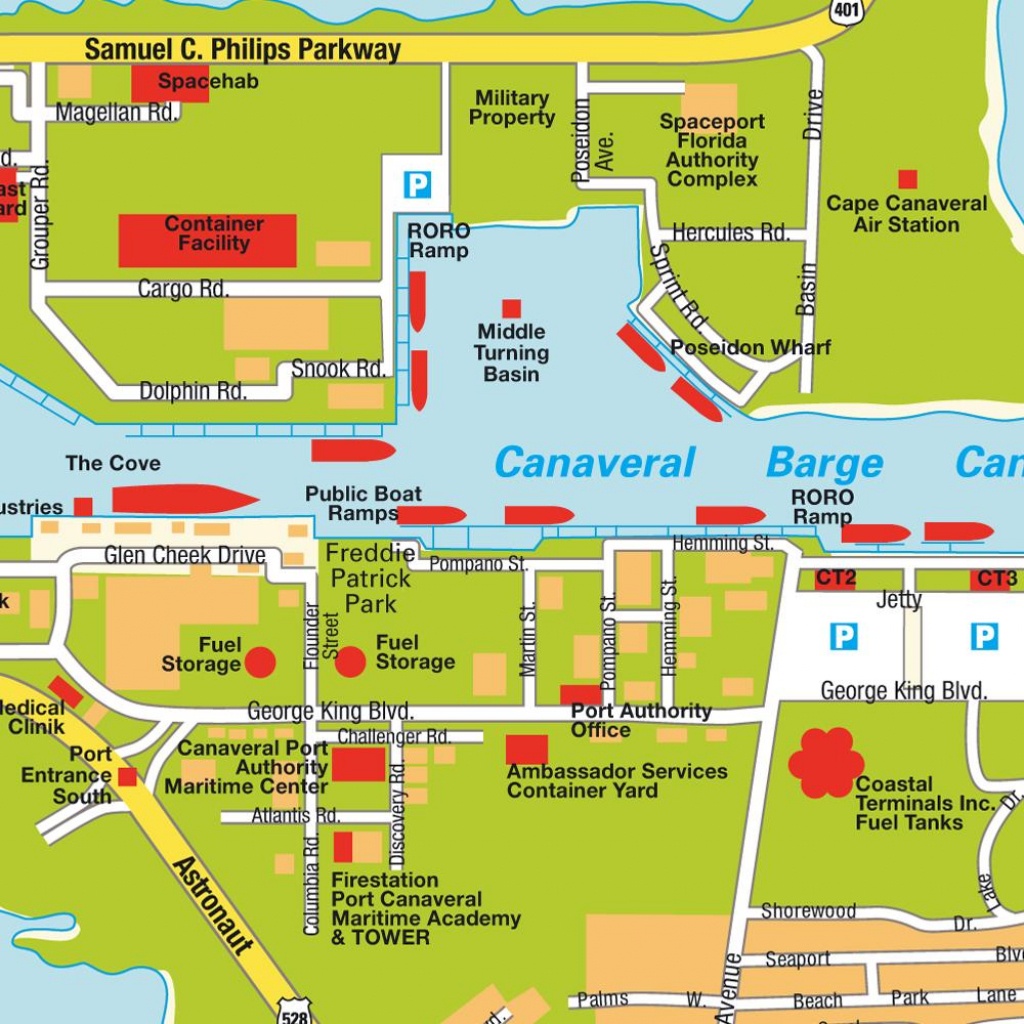

Volunteers help with activities such as wildlife monitoring, annual seagrass monitoring or microplastic sampling. The Indian River Lagoon Aquatic Preserves provide a variety of volunteer opportunities from projects in ecosystem science, restoration and spoil island activities. Volunteering at the Indian River Lagoon Aquatic Preserves To learn more about Leave No Trace in the Indian River Lagoon contact Kaitlyn Britton, 77. The Indian River Lagoon Aquatic Preserves are a proud partner of the Leave No Trace Center for Outdoor Ethics and were selected as a 20 Leave No Trace hot spot.
Map of canaveral national seashore full#
The IRL system stretches 156 miles from Ponce de Leon Inlet at the northern end to Jupiter Inlet at the southern end and covers a full 40% of the length of Florida's Atlantic Coast. Mosquito Lagoon Aquatic Preserve is in the northernmost sub-basin of the IRL system and is a bar-built type of estuary. Mosquito Lagoon is part of the Indian River Lagoon (IRL) system, a long, wide, shallow estuarine lagoon bounded on the west by the Florida mainland and on the east by a chain of barrier islands.

It is adjacent to two incorporated municipalities - New Smyrna Beach and Edgewater - and 50 miles northeast of Orlando. Mosquito Lagoon Aquatic Preserve is located in east-central Florida in southern Volusia County south of Ponce de Leon Inlet. These efforts are called for in the National Estuary Program's Comprehensive Conservation and Management Plan for the Lagoon." Cooperative efforts among all levels of government are critical to restore coastal wetlands. More human history of the region includes European explorers such as Ponce de Leon and Pedro Marratt, and later Douglas Dummett (or Dummitt) who planted an orange grove in th Merritt Island area that began the world-renowned Indian River citrus industry."No wetlands, no seafood. Native American history can be traced at the oyster/clam shell heaps and mounds at Seminole Rest (site of a prehistoric first native mound that dates from about 4,000 to 5000 years ago), Turtle Mound, and Castle Windy. It’s known for being the longest stretch of undeveloped Atlantic coastline in Florida, and along with neighboring Merritt Island Wildlife Refuge, this beautiful and biodiverse park is home to over 1,000 plant species, 310 bird species, and 15 species of federally-listed threatened or endangered animals such as the West Indian Manatee, Leatherback Sea Turtle, North Atlantic Right Whale, Wood Stork, and Bald Eagle.Ĭanaveral means “place of cane,” and is one of the oldest recorded geographical names in North America. Located near Titusville and New Smyrna Beach in Florida’s Space Coast region, Canaveral National Seashore is situated on a barrier island and spans 7,662 acres and boasts 24 miles of beaches, dunes, mangrove wetlands, and a large portion of the Mosquito Lagoon. Established on January 3, 1975, Canaveral National Seashore is one of ten National Seashores managed by the National Park Service.


 0 kommentar(er)
0 kommentar(er)
